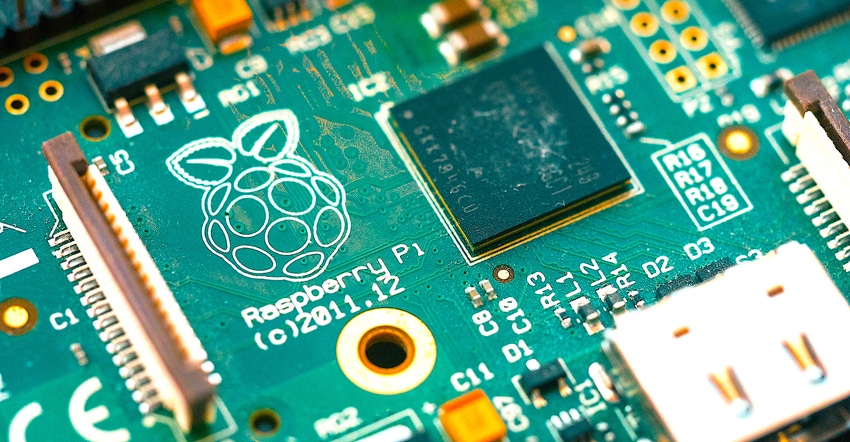Getting Added Horsepower Out of Raspberry Pi
The free Design News Continuing Education Course explores ways to successfully use Raspberry Pi Pico for embedded applications.
January 18, 2022

It turns out the popular Raspberry Pi is far more than an inexpensive fun tool for classroom experiments. The tool is getting deployed in a wide range of hefty embedded applications. To further the possibilities of Raspberry Pi, Design News is offering the free weeklong course, Getting Started with the Raspberry Pi Pico January 24 – 28.
The daily one-hour course meets at 2:00 pm Eastern. You can earn IEEE Professional Development Hours for participating. If you are not able to attend the class schedule, the course will be available on-demand.
Course instructor, Jacob Beningo will look at how you can use Raspberry Pi to get be more horsepower while using less energy in your applications. In this course, we will explore the Raspberry Pi Pico, which is a multicore microcontroller-based Raspberry Pi board, and how it can be used in embedded applications.
Here’s a breakdown of subjects covered each day of the course:
Day 1: Introduction to the Raspberry Pi Pico
In this session, attendees will be introduced to the Raspberry Pi Pico. We will examine the hardware capabilities and development board accessories. We will also explore the general characteristics, use cases, and software development tools available to developers.
Day 2: Writing your first Raspberry Pi Pico Application
In this session, attendees will be walked through how to set up a Raspberry Pi Pico board. We will discuss how to bring the board up, configure it, and write our first “Hello World” application.
Day 3: Interfacing with Raspberry Pi Pico Peripherals
In this session, we will explore the peripherals available on the Raspberry Pi Pico. Attendees will learn how to write applications that interact with and control hardware. Users will learn how to work with GPIO, PWM, ADC, SPI, and I2C peripherals.
Day 4: Designing Multicore Raspberry Pi Pico Applications
The Raspberry Pi Pico has a dual-core Arm Cortex-M0+ processor. These low-power cores open a wide range of potential applications. In this session, we will explore how to design multicore applications. Attendees will walkway understanding how to leverage the Pico for multicore applications.
Day 5: Using MicroPython on the Raspberry Pi Pico
The Raspberry Pi Pico supports two different SDK’s; a C/C++ SDK and a MicroPython SDK. In this session, we will explore how to get up and running using the MicroPython SDK. Attendees will walk away understanding the differences between the SDK’s and how to use Python to write their own applications.

The course is taught by Jacob Beningo. He is an embedded software consultant who currently works with clients in more than a dozen countries to dramatically transform their businesses by improving product quality, cost and time to market. He has published more than 300 articles on embedded software development techniques, has published several books, is a sought-after speaker and technical trainer and holds three degrees which include a Masters of Engineering from the University of Michigan.
You May Also Like



